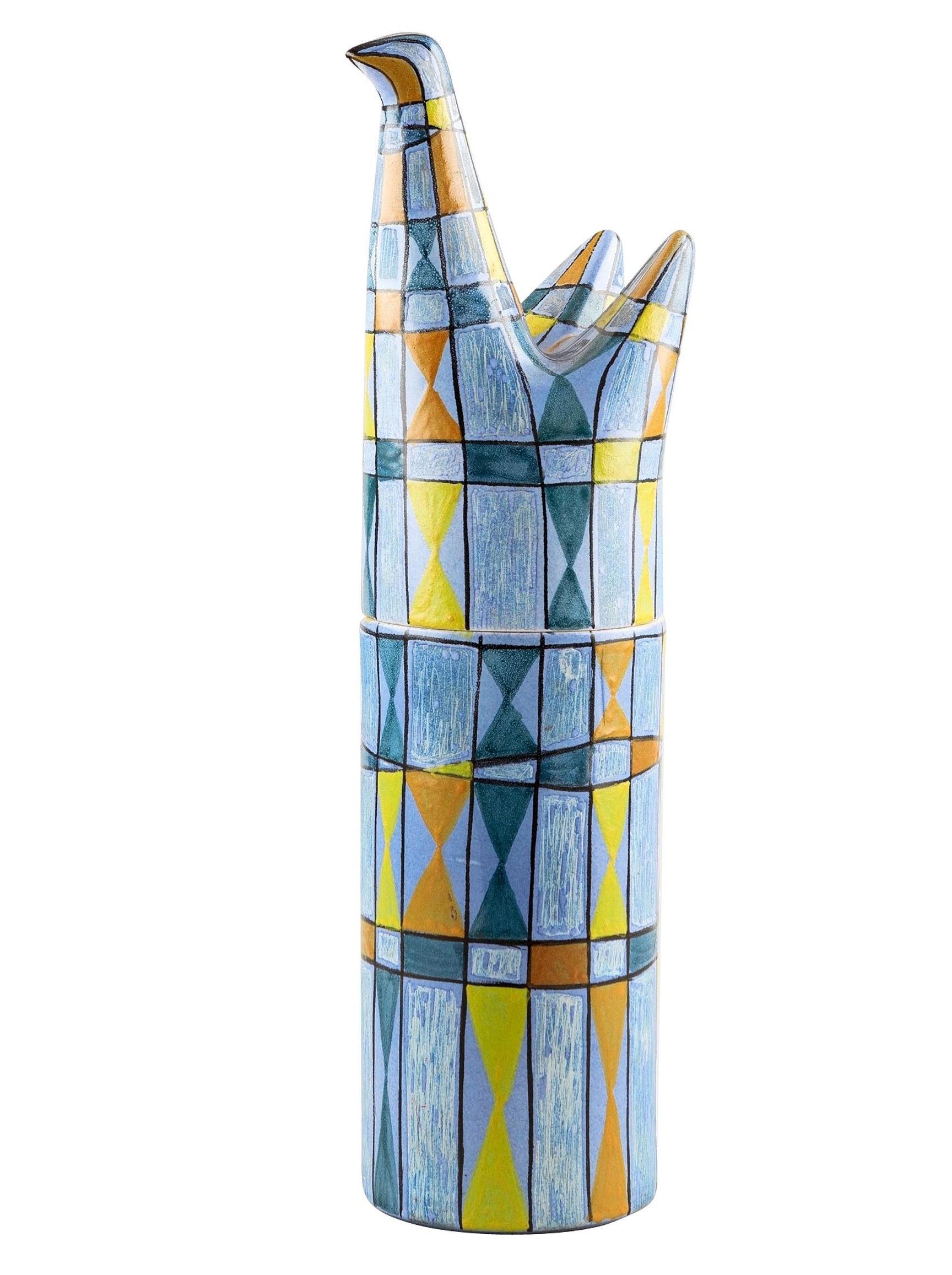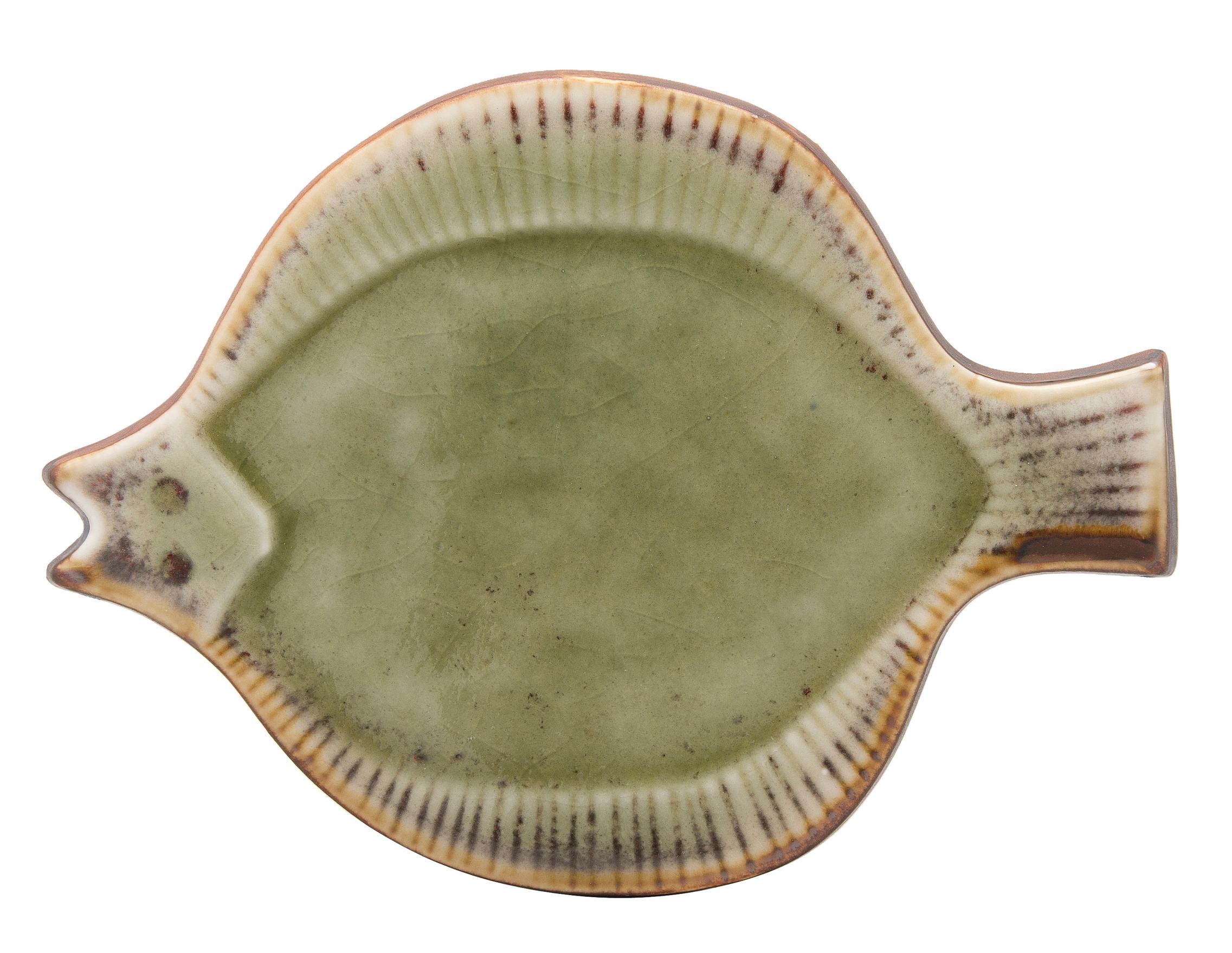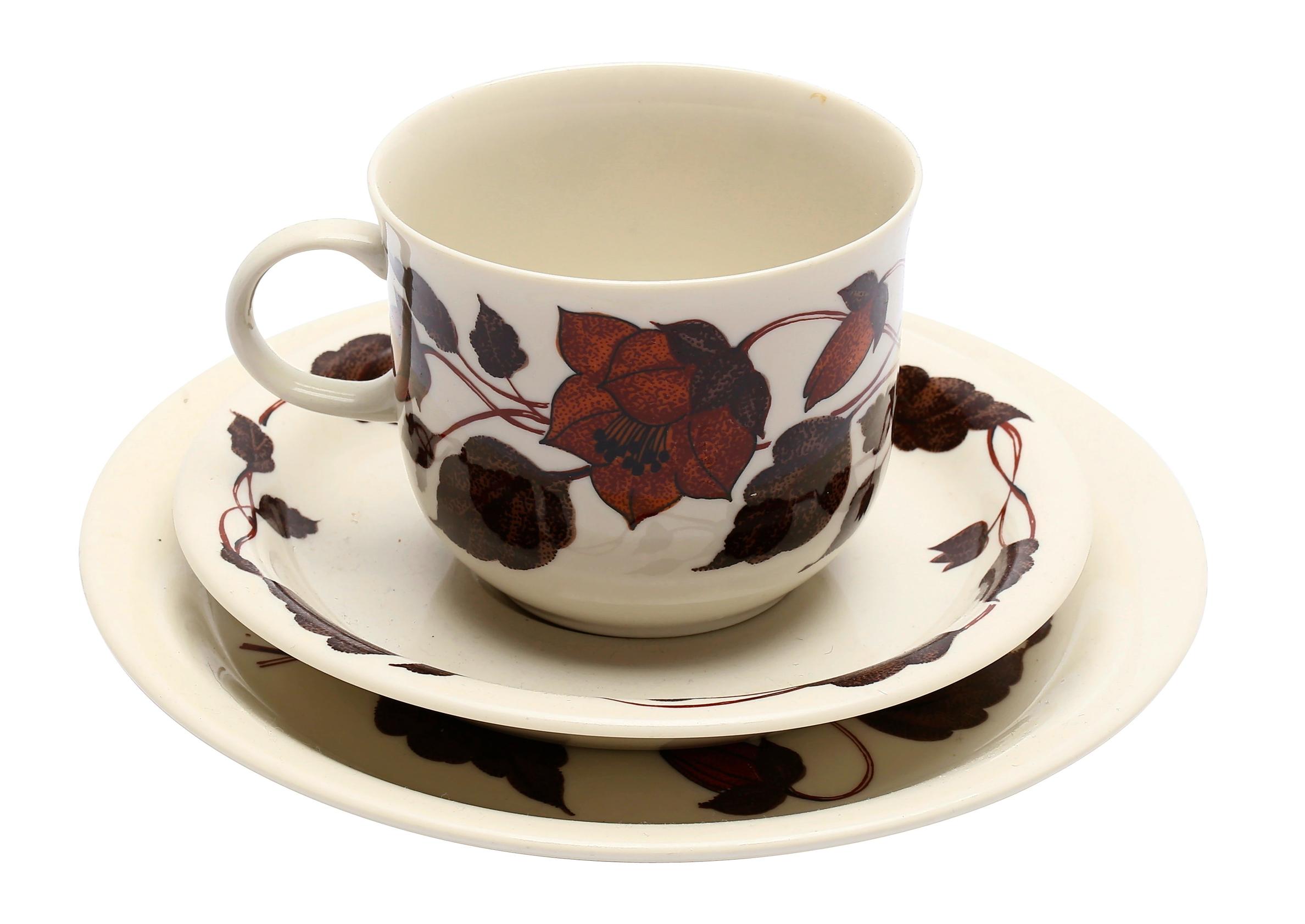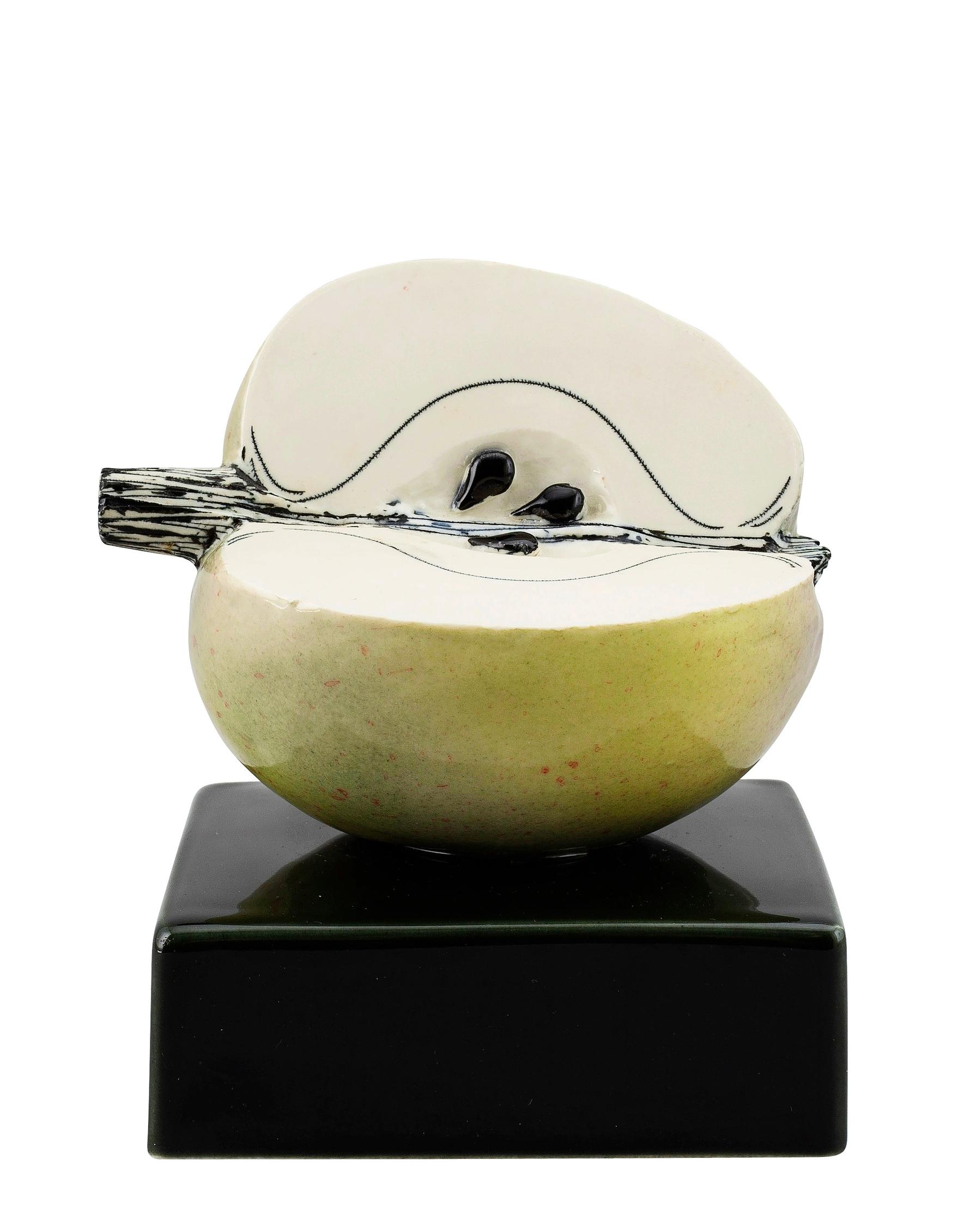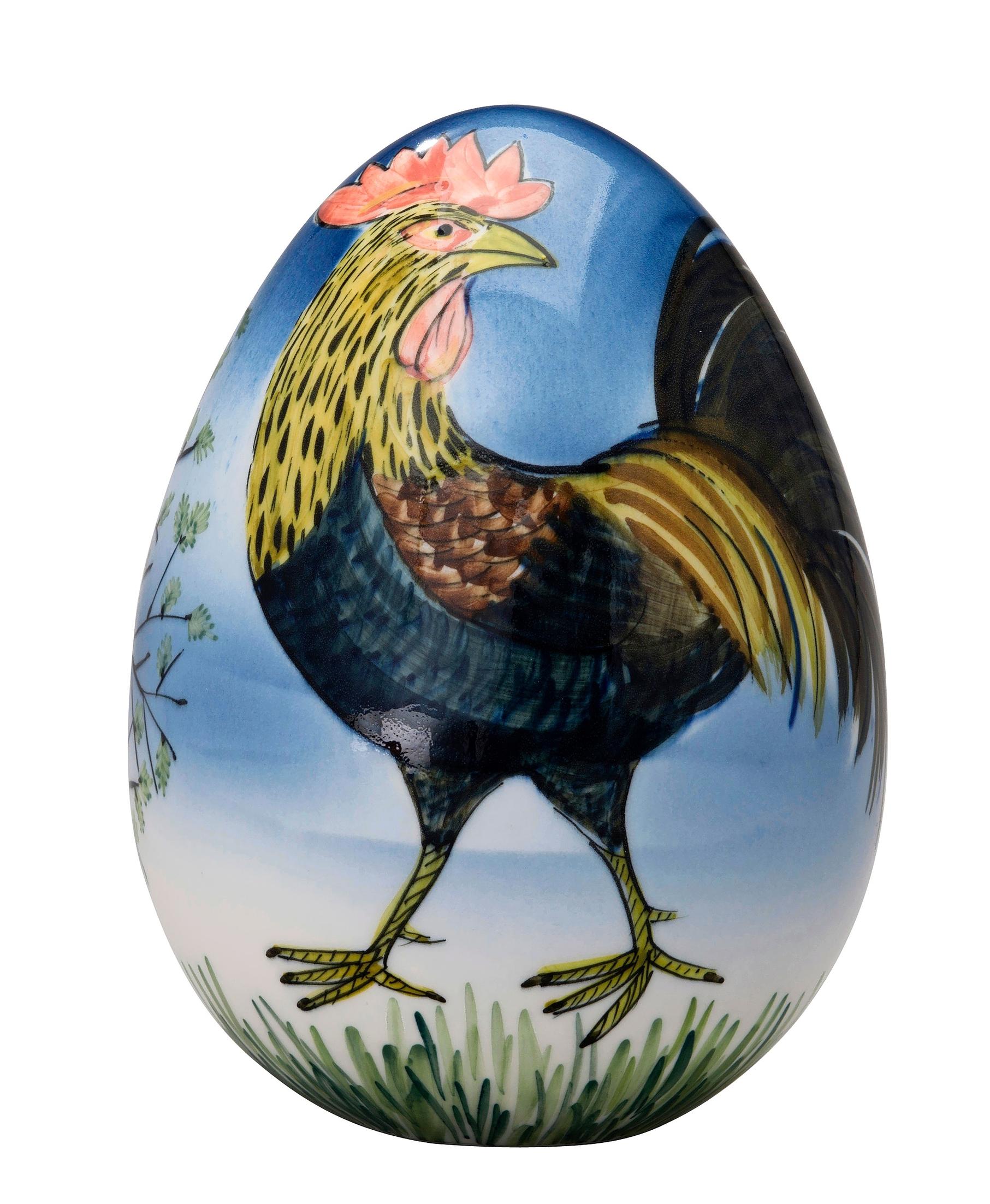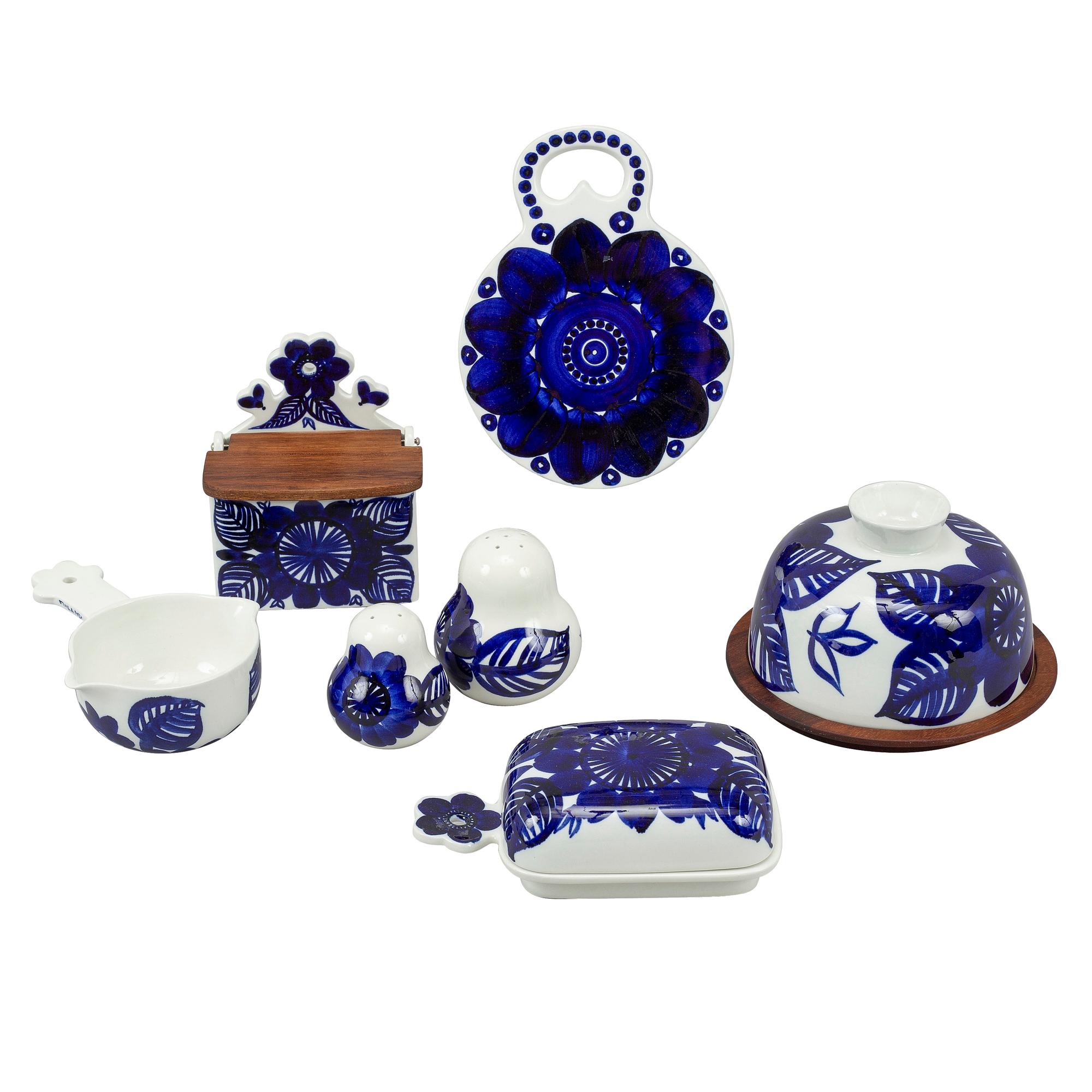
Nature’s allure: Gunvor Olin-Grönqvist’s lush Arabia designs collectors crave
The tangible sense of humanity keeps Gunvor Olin-Grönqvist’s pieces on collectors’ wish lists year after year. Both her practical tableware and her animal- and plant-inspired objects and small sculptures are especially intriguing.
Gunvor Olin-Grönqvist (1928–2005), affectionately known as Nunne, was from Espoo, Finland, and enjoyed a long career at Arabia—from 1951 right up to 1993. She studied in the ceramics department at the School of Art and Design from 1948 to 1951, as well as at the Kera ceramics plant. At Arabia, Nunne was known for her gentle, understated sense of humor.
The cornerstones of her style
Her personality shines through all her work, radiating warmth and humanity. Her best-known pieces, like her animal and vegetable sculptures, are down-to-earth and easy to appreciate. They only started appearing, however, when Kaj Franck encouraged Nunne to move to the art department in 1976 to create one-of-a-kind pieces.
Nunne was just as skilled at introducing new shapes for dishware and creating sculptural miniatures as she was at developing decorative motifs and glazes. She employed a wide range of techniques: painting, scratching, blowing, transfer printing, relief work, and hand-shaping. In certain pieces, her varied expertise comes together beautifully, as seen in her decorative eggs, onions, and apples.
After retiring, Nunne painted watercolors in which nature remained an important theme. She had little time for much else. Her colleague Heljä Liukko-Sundström recalled her friend’s final years: “Nunne had mentioned the dementia that ran in her family. She believed the illness would be her fate as well. When it struck, Nunne began to retreat into her own quiet world.”
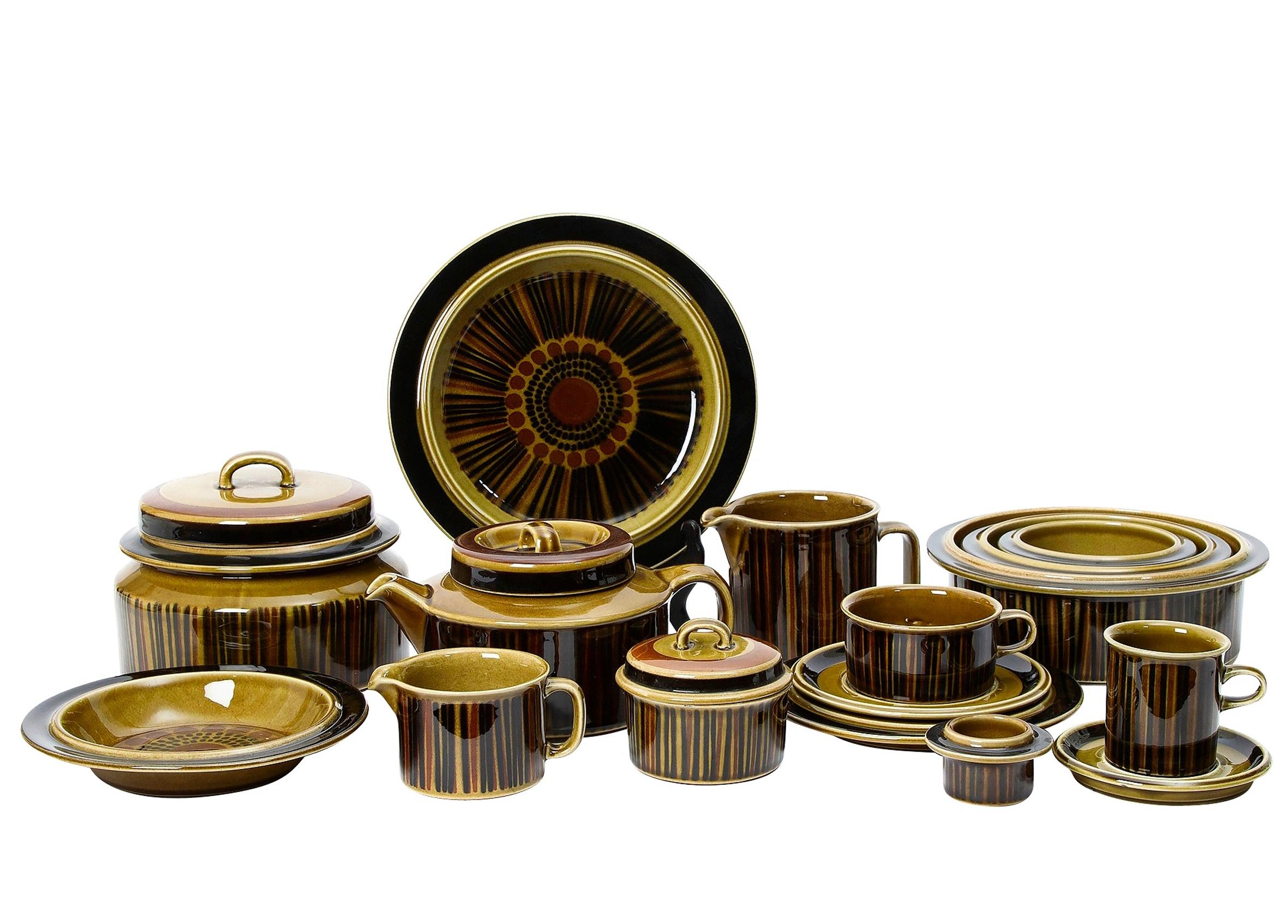
Most coveted
Her work commands a devoted group of collectors. Some focus on Kosmos and Köökki tableware series, others seek out the retro Mamselli or Valpuri lines, and still others pursue her skillfully hand-shaped onions or tall rooster bottles. Among her children’s dish sets, the playful Noah’s Ark is a firm favorite.
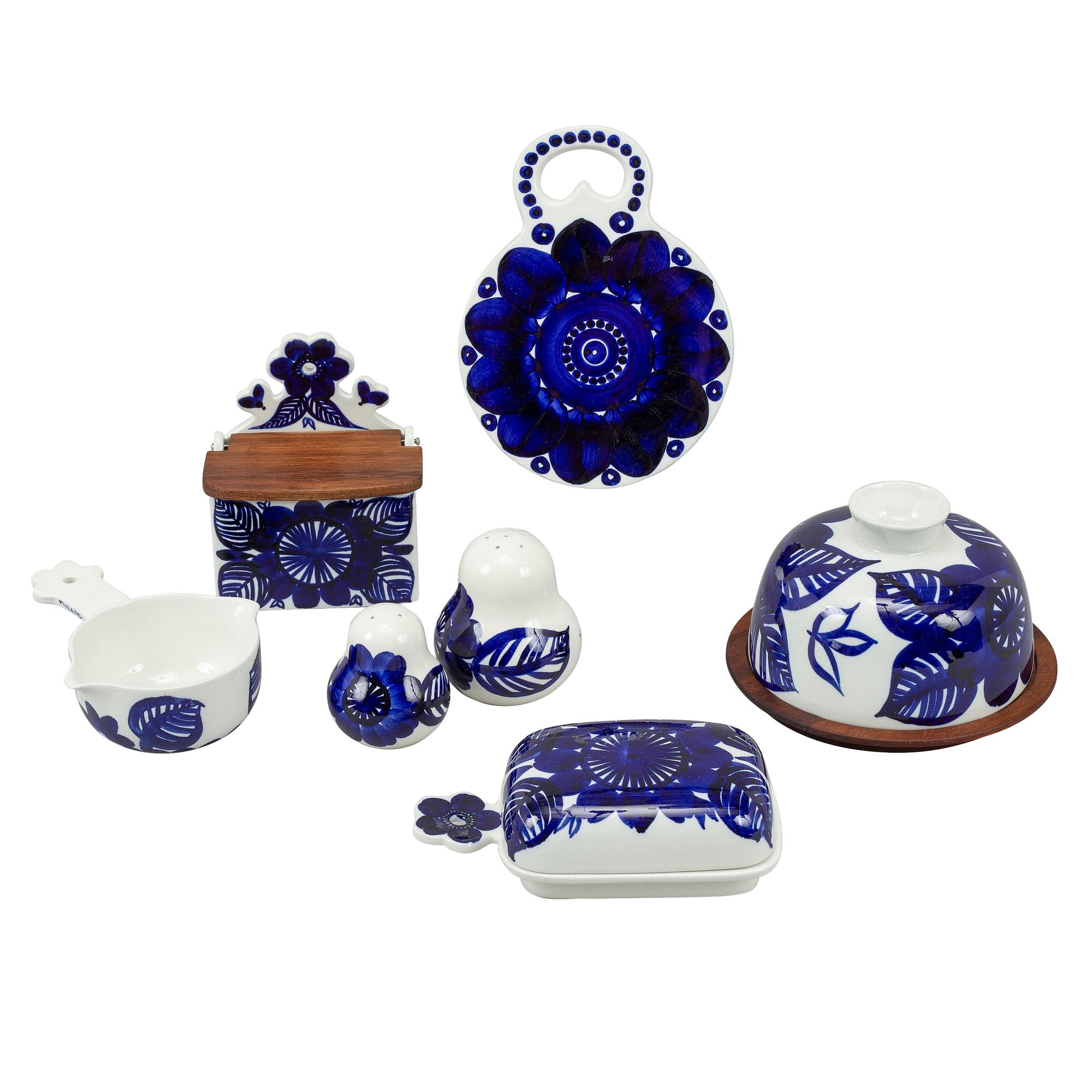
The work of Gunvor Olin-Grönqvist
